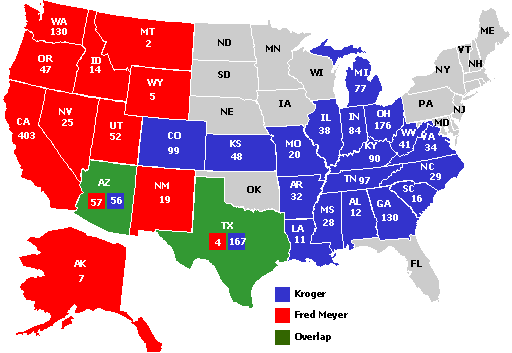After an unfortunate run in with some apple samples, Taylor, Chelsea and I found a redeeming second chance for our experiment, shrimp.
Our lovely shrimp came from Fred Meyers, a trusted local grocery store chain in Portland.
In our first sample we have the farm raised white shrimp, our second is white Mexican shrimp that were wild caught, and our third sample is of the farm raised white shrimp marketed separately for its slightly larger size.
We took small tissue samples from the shrimps we had and processed them to attain a specific DNA sequence which would allow us to bar-code the shrimp and match them to their proper species. After we extract the DNA from the tissue samples our processed shrimp are sent off to the east coast to Gene Wiz for the nucleotide sequences. Then we take the nucleotide sequences and enter them into BLAST, a database for DNA segments of specific species of organisms all across the world.
How we extract our DNA from the shrimp is a very long, tedious process with many technicalities.
First we crush our small samples of tissue, which were about half the size of a pencil eraser, with a plastic pestle in a tube with nuclei lysis. Nuclei lysis is necessary to break down the nucleus of the tissue cells to free the DNA, and we incubated the solution in a water bath at 65 degrees Celsius for optimal results.
To make sure the what we will be amplifying is only DNA, we added RNAse to the solution to break down any RNA within our samples (and we incubated our samples at 37 degrees Celsius for the enzyme to be properly utilized).
In order to isolate our DNA we mixed some protein precipitation solution to our tubes. The proteins condensed and separated from the DNA. Then the samples were put through the vortex for about five seconds to separate the DNA from the rest of the tissue cell matter we were using. The samples were then separated into the surpernatant, DNA in the liquid matter, and the pellet on the bottom, the rest of the undesired cell matter.
The supernatant was then transferred into a new tube, and the tubes with the pellets were discarded. Isopropanol was also added to the new tubes to precipitate the DNA and the samples were also centrifuged for one minute to create a DNA pellet.
The pellet of DNA was saved as the supernatant (liquid) was removed and ethonol was added to the solution. Ethonol was used to futher refine the purity of our DNA, we were careful not to disturb the pellet so we flicked the bottom of the tube. Thesample was centurifuged once and the supernatant and ethonol were removed.
The samples air-dried for about fifteen minutes before we added the DNA rehydrant to them. The extracted DNA was then refrigerated overnight, and hence forth kept at cold temperatures in order to prevent damage.
In order to make sure we had adequate DNA and to amplify a code within the DNA, we then used PCR. We added an insect/animal primer COI which copied the coded sequence of the shrimp DNA. Then some of the amplified DNA of each sample was placed into a DNA gel and underwent electrophoresis. In electrophoresis, DNA is magnetized to a positive charge on the opposite end and the negatively charged end of the DNA gel, done with a battery, caused the amplified pieces to travel in a visible line from one end to another. PCR will show whether or not there was any DNA in the samples because evenly sized pieces of thousands of DNA strands will form a visible line to the naked eye.

In our results of PCR it was not important that if the DNA traveled really far, but if the DNA showed up at all. In our first sample of farm raised shrimp, and in our third sample of the large farm raised shrimp the DNA was visible. We then sent off our samples to the east coast to attain the codes of the DNA samples for processing.
Once we attained our sequences a few days later, we utilized the DNA subway and BLAST databases to see if Fred Meyer's white shrimp was properly labeled and we created a philogenic tree to support our primer and the credibility of good ole' Freddys.
 Taylor Debnam is from Portland, Oregon. She enjoys reading, music, drawing and exploring. She is an aspiring political science major and social advocate. Taylor also loves mini m&ms and writing.
Taylor Debnam is from Portland, Oregon. She enjoys reading, music, drawing and exploring. She is an aspiring political science major and social advocate. Taylor also loves mini m&ms and writing. This is Coyla Munson, she is from Portland, Oregon. She loves the outdoors, and enjoys hiking and reading her favorite books, The Plague and The Hot Zone. She is an aspiring scientist as well as a visual artist. Coyla also loves to write poetry and yoga.
This is Coyla Munson, she is from Portland, Oregon. She loves the outdoors, and enjoys hiking and reading her favorite books, The Plague and The Hot Zone. She is an aspiring scientist as well as a visual artist. Coyla also loves to write poetry and yoga. 























